In today's article, we will be exploring the essential topic of damp proofing and its significance in maintaining the integrity and longevity of our walls. Dampness in walls can lead to a myriad of issues, ranging from structural damage to health hazards, making it imperative to understand the causes, signs, and effective damp-proofing techniques.
We will delve into the causes of dampness in walls, how to identify its presence, and the step-by-step process of dampproofing a wall, including the different methods available. We will discuss proactive measures to prevent dampness, ensuring a comprehensive understanding of this crucial aspect of building maintenance. Let's dive into the world of damp proofing and equip ourselves with the knowledge to safeguard our living and working spaces.
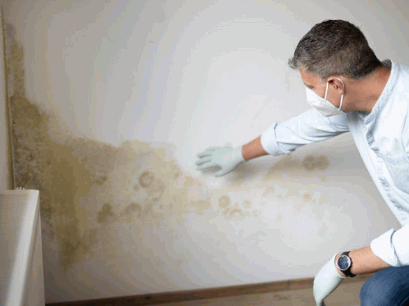
What Is Damp Proofing?
Damp proofing is a crucial process in construction and renovation projects, aimed at preventing the ingress of moisture and dampness into walls and structures.
It plays a pivotal role in maintaining the integrity and longevity of buildings, as it effectively protects them from the potential damages caused by dampness. By creating a barrier to moisture, damp proofing safeguards against structural deterioration, mold growth, and other related issues. This preservation of structural integrity is essential in building and renovation projects, ensuring that the constructed or renovated spaces remain safe, durable, and aesthetically pleasing.
Therefore, incorporating proper damp-proofing techniques is fundamental for the success and sustainability of any construction or renovation endeavor.
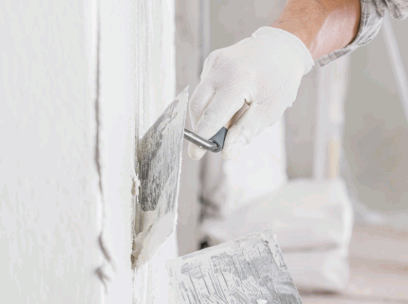
Why Is Damp Proofing Necessary?
Dampproofing is necessary to safeguard walls and structures from the detrimental effects of seepage, moisture, and dampness, providing a protective barrier against water ingress and potential damage.
This protective measure also plays a crucial role in preventing moisture-related damages and maintaining the insulation of buildings. Without proper damp proofing, water seepage can lead to mold growth, structural deterioration, and compromise the integrity of the entire structure.
Dampness in walls can also create an uncomfortable living environment, affecting the indoor air quality and potentially causing health issues. Therefore, investing in effective damp proofing solutions is essential for the long-term durability and safety of buildings.
What Are The Causes Of Dampness In Walls?
Dampness in walls can be caused by various factors, including condensation, cavity issues, and external environmental influences, leading to the accumulation of moisture within the wall structures.
Condensation often occurs in areas with poor ventilation or high humidity levels, resulting in water vapor turning into liquid on the walls. This can lead to mold growth and deterioration of wall surfaces.
Cavity-related issues, such as damaged or improperly installed insulation, can allow moisture to seep into the walls, affecting their structural integrity.
External factors like heavy rainfall or improper drainage can contribute to water penetrating the walls, potentially causing dampness and damage over time.
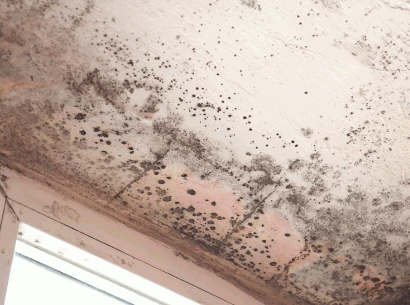
How To Identify Dampness In A Wall?
Identifying dampness in a wall involves observing specific signs and indicators, both in the interior and exterior surfaces of the structure, to assess the presence and extent of moisture-related issues.
This can be done by examining the interior walls for water stains, peeling paint or wallpaper, mold growth, and a musty odor. On the exterior, signs such as efflorescence, cracking, blistering paint, or vegetation near the wall can indicate dampness.
Recognizing these signs is crucial as it can help diagnose potential moisture-related problems early, preventing structural damage and health issues associated with mold and mildew. Regular wall assessments and maintenance can aid in identifying and addressing dampness before it becomes a more significant issue.
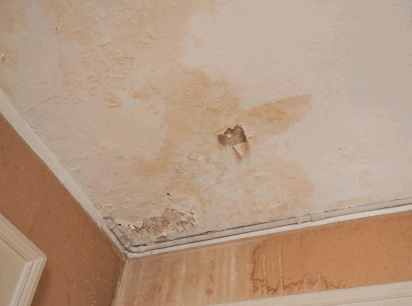
What Are The Signs Of Dampness In Walls?
Signs of dampness in walls may include visible moisture marks, seepage, or damp patches, indicating the need for repair and remedial measures to address the underlying moisture-related issues.
These signs are often noticeable as discolored or stained areas on the walls, usually accompanied by a musty odor. Seepage can manifest as water droplets or streaks running down the wall, and damp patches can feel cool and clammy to the touch.
It's essential to address these signs promptly as they can lead to mold growth, damage to the structural integrity of the building, and potential health risks. Prompt action, including proper moisture barriers, drainage solutions, and repairs, is crucial to prevent further deterioration.
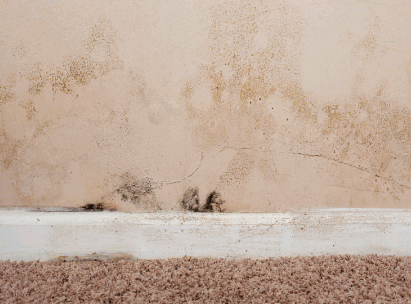
How To Damp Proof A Wall?
Damp-proofing a wall involves the application of various techniques, materials, and solutions to prevent moisture ingress, including the use of sealants, membranes, and specialized damp-proofing methods.
These methods aim to create a barrier that stops water from seeping through the walls, effectively preventing issues such as mold, mildew, and structural damage.
Sealants are commonly applied to fill gaps and cracks, while membranes serve as a protective layer against water penetration. Specialized damp-proofing methods may include chemical injections or the installation of drainage systems to divert water away from the walls. Proper damp proofing is essential for maintaining the integrity and longevity of a building's structure.
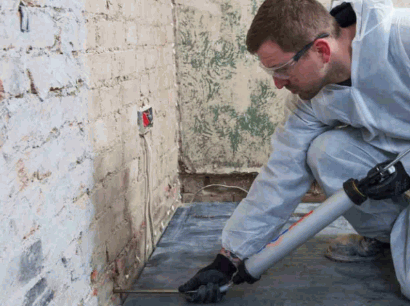
Fix Any Structural Issues
Before damp proofing, it is essential to address any underlying structural issues through effective repair, renovation, and maintenance procedures to ensure the long-term effectiveness of damp proofing treatment.
This preparatory phase plays a crucial role in creating a stable foundation for the damp proofing process. Effective repair work, such as fixing cracks and leaks, ensures that the structure is structurally sound and can withstand the damp-proofing treatment.
Renovation efforts also contribute by improving the overall integrity of the building, addressing weaknesses that could compromise the effectiveness of damp proofing. Regular maintenance further sustains the structural integrity, preventing future issues and creating an environment conducive to successful damp-proofing treatment.
Discover: Can You Wallpaper Over Damp Proof Paint
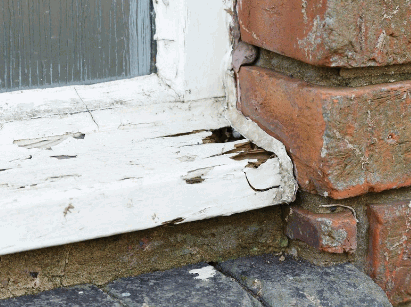
Install A Damp Proof Course
Installing a damp proof course is a fundamental step in safeguarding walls, involving the construction of a barrier within the structure's foundation to prevent moisture ingress and seepage, often accomplished through specialized injection techniques.
This process is crucial in maintaining the structural integrity of buildings, as it prevents dampness from causing damage to the walls. The incorporation of a damp-proof course into the foundation acts as a robust defense against water infiltration, ensuring the longevity of the structure. The injection techniques used in this process effectively create an impermeable barrier, blocking the passage of moisture and protecting the building from potential structural issues. Properly installed damp-proof courses are essential for creating a healthy and durable living environment.
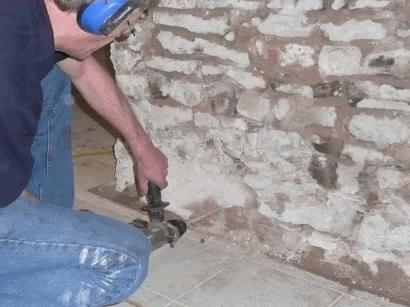
Use Waterproofing Paint
Applying waterproofing paint to both interior and exterior surfaces of walls provides an effective weatherproof barrier, offering enhanced protection against moisture penetration and dampness.
This type of paint forms a protective layer that acts as a shield, preventing water from seeping into the walls and causing structural damage. It is particularly crucial in areas exposed to heavy rainfall or high humidity levels.
Waterproof paint is versatile and can be used on a variety of surfaces, including concrete, masonry, wood, and metal, making it an ideal solution for a wide range of interior and exterior applications. Its ability to resist water ingress also contributes to a healthier indoor environment by minimizing the risk of mold and mildew growth.
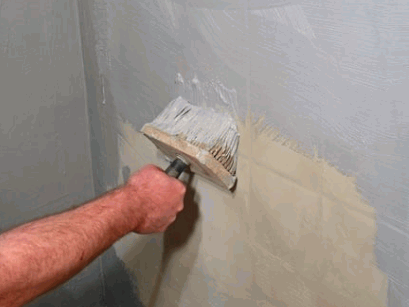
Improve Ventilation
Improving ventilation within enclosed spaces plays a vital role in managing humidity levels, reducing the potential for condensation, and contributing to effective damp proofing measures for walls.
By enhancing airflow and allowing moisture to escape, improved ventilation helps prevent the build-up of excess moisture within the building envelope. This, in turn, reduces the risk of mold growth and decay, creating a healthier indoor environment. Effective ventilation can optimize the performance of damp proofing materials and techniques, prolonging the longevity of walls and structures. Proper airflow and ventilation solutions are essential for maintaining a comfortable, safe, and durable living or working space.
Repair Any Cracks Or Gaps
Addressing and repairing any visible cracks or gaps in walls through effective plastering and painting procedures is essential in reinforcing the structural integrity and damp proofing capabilities of the surfaces.
This process not only enhances the aesthetic appeal of the walls but also helps in preventing moisture ingress and mold growth. Effective plastering fills in the crevices, creating a smooth and even surface, while the painting adds an additional layer of protection.
Timely addressing of cracks and gaps also contributes to maintaining the overall durability of the walls. Neglecting these repairs may lead to further deterioration, potentially compromising the stability of the structure.
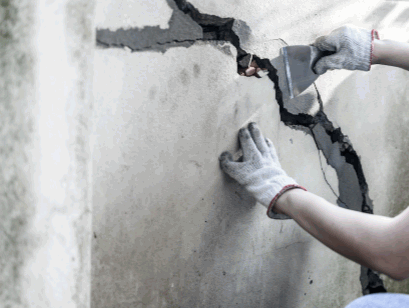
What Are The Different Types Of Damp Proofing Methods?
There are various types of damp proofing methods, including physical, chemical, electrical, and biological approaches, each designed to provide comprehensive protection against moisture ingress and dampness, often involving the use of specialized membranes.
Physical dampproofing methods often utilize impermeable barriers or membranes to prevent water penetration, while chemical approaches involve the application of water-repelling substances.
Electrical dampproofing utilizes electrical currents to deter moisture, and biological methods incorporate natural materials or organisms to combat dampness. Specialized membranes play a crucial role in these methods, serving as effective barriers to moisture while allowing for the release of any trapped water vapor. Their versatility and applications in various damp proofing techniques make them essential components in moisture management and building protection.
Physical Damp Proofing
Physical dampproofing methods often involve the use of insulation materials and cavity barriers to create a physical barrier against moisture ingress and dampness, ensuring comprehensive protection for walls and structures.
These techniques are crucial in minimizing the risks associated with dampness, as they prevent water penetration into the structure and help maintain a stable indoor environment. Insulation materials such as expanded polystyrene (EPS) and extruded polystyrene (XPS) sheets are commonly used for their ability to resist moisture and provide thermal insulation. Cavity barriers, on the other hand, play a vital role in compartmentalizing buildings, limiting the spread of fire and smoke while also preventing the passage of moisture. When properly installed, these physical damp proofing methods significantly enhance the longevity and durability of the building, minimizing maintenance costs and ensuring occupant comfort.
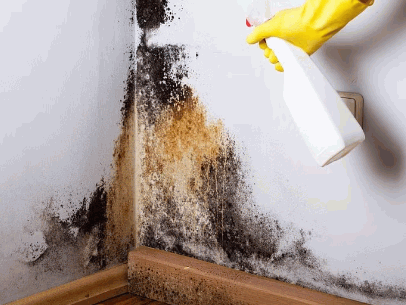
Chemical Damp Proofing
Chemical dampproofing involves the use of specialized injection techniques and repair solutions to create chemical barriers within walls, effectively preventing moisture ingress and addressing existing dampness issues.
These injection techniques typically involve the use of specially formulated chemical solutions which are strategically injected into the masonry to create a durable barrier against dampness. The repair solutions are designed to seal any existing cracks or gaps, ensuring comprehensive protection against moisture.
By integrating these methods, the structural integrity of the walls is preserved while also effectively combating dampness, making chemical dampproofing a highly effective solution for maintaining a dry and habitable environment.
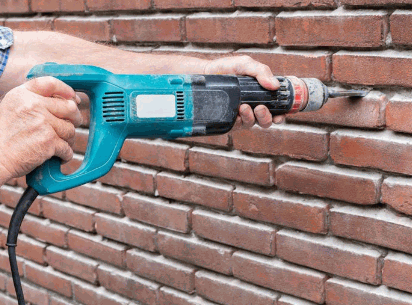
Electrical Damp Proofing
Electrical damp-proofing methods utilize moisture-resistant and insulation technologies to create electrical barriers that effectively mitigate moisture ingress and dampness within walls, contributing to comprehensive protection against environmental factors.
These technologies function by forming a barrier that prevents moisture from seeping into the electrical components, thus reducing the risk of short circuits and corrosion. By integrating advanced insulation solutions, the methods effectively enhance the durability of the electrical systems and contribute to the overall safety and longevity of the infrastructure.
The application of these technologies is crucial in environments with high humidity or exposure to water, ensuring the reliable performance of electrical systems even under challenging conditions.
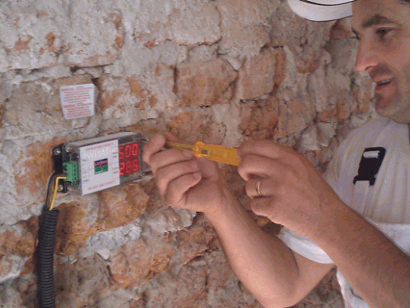
Biological Damp Proofing
Biological damp proofing methods involve specialized treatments and membrane applications to address biological factors contributing to moisture ingress and dampness, ensuring holistic protection for walls and structures.
These methods play a crucial role in preventing the growth of mold, mildew, and algae, which can compromise the structural integrity of buildings. By utilizing specialized treatments, such as biocidal solutions and fungicidal coatings, and membrane applications like breathable damp-proof membranes, these methods effectively combat biological influences on dampness.
The integration of relevant keywords such as microbial resistance, anti-algal properties, and bio-resistant membranes further enhances the comprehensive protection offered by these innovative solutions.
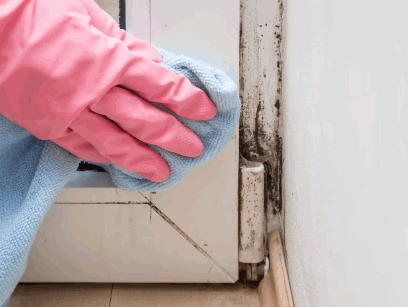
How To Prevent Dampness In Walls?
Preventing dampness in walls requires regular inspection and maintenance, proper ventilation management, and addressing any leaks or plumbing issues, along with the use of appropriate building materials to enhance moisture resistance.
It is crucial to schedule regular checks for signs of dampness, such as peeling paint or musty odors, and promptly address any issues discovered.
Efficient ventilation systems, such as dehumidifiers or exhaust fans, play a vital role in maintaining the optimal moisture levels within the walls. Investing in high-quality, moisture-resistant building materials, such as waterproof sealants and vapor barriers, can significantly reduce the risk of dampness and mold growth.
By implementing these strategies, homeowners can uphold the structural integrity of their properties and ensure a healthy living environment.
Regularly Inspect And Maintain Walls
Regular inspection and maintenance of walls are essential to identify potential dampness issues and facilitate timely treatment by damp-proofing specialists to maintain structural integrity and prevent moisture-related damages.
This proactive approach can help prevent the development of more serious problems, such as mold growth, decay of wood structures, and deterioration of building materials, which can compromise the safety and aesthetics of the property. By integrating regular inspections and maintenance into the property care routine, homeowners can save significant costs on potential extensive repairs, while also ensuring a healthier and more sustainable living environment.
Timely identification and treatment of dampness issues by specialists can play a crucial role in preserving the longevity and value of the property.
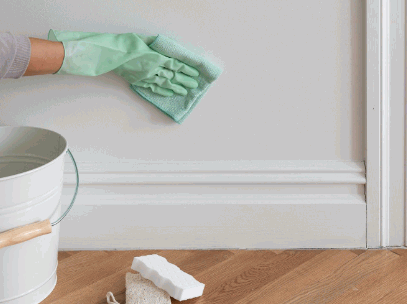
Properly Ventilate Rooms
Effective room ventilation plays a crucial role in managing humidity levels, reducing the potential for dampness, and creating weatherproof, insulated environments that contribute to comprehensive dampness prevention for walls.
It ensures that moisture and airborne contaminants are effectively removed, thus preventing the buildup of condensation and mold. Proper ventilation also supports the performance of insulation materials by mitigating the risk of moisture-related deterioration, such as rot and decay.
By facilitating air circulation, ventilation helps maintain a balanced and comfortable indoor environment, promoting occupant well-being and preserving the structural integrity of buildings. It plays a critical role in minimizing energy loss and ensuring the long-term durability of construction materials.
Fix Any Leaks Or Plumbing Issues
Promptly addressing any leaks or plumbing issues is essential in preventing dampness in walls, requiring efficient repair and maintenance procedures, along with the integration of effective waterproofing solutions to mitigate moisture ingress.
This proactive approach not only safeguards the structural integrity of the building but also prevents potential health hazards associated with mold and mildew growth. Effective repair and maintenance procedures ensure that any underlying issues are promptly identified and resolved, reducing the risk of long-term damage.
Integrating waterproofing solutions such as sealants, membranes, and drainage systems offers a comprehensive defense against water penetration, reinforcing the durability and longevity of the building infrastructure.
Use Appropriate Building Materials
Utilizing appropriate building materials with enhanced moisture-resistant properties is critical in construction and renovation projects to create durable, dampness-resistant structures and walls, thereby preventing potential moisture-related damages.
These materials play a vital role in ensuring the longevity and integrity of the building, safeguarding it against moisture infiltration, mold growth, and decay. Incorporating moisture-resistant materials, such as treated lumber, water-resistant drywall, and sealants, enhances the overall structural integrity and reduces the risk of costly repairs due to water damage. By proactively choosing such materials, construction and renovation projects can significantly enhance the building's resilience to moisture, thereby ensuring long-term functionality and minimizing maintenance requirements.
